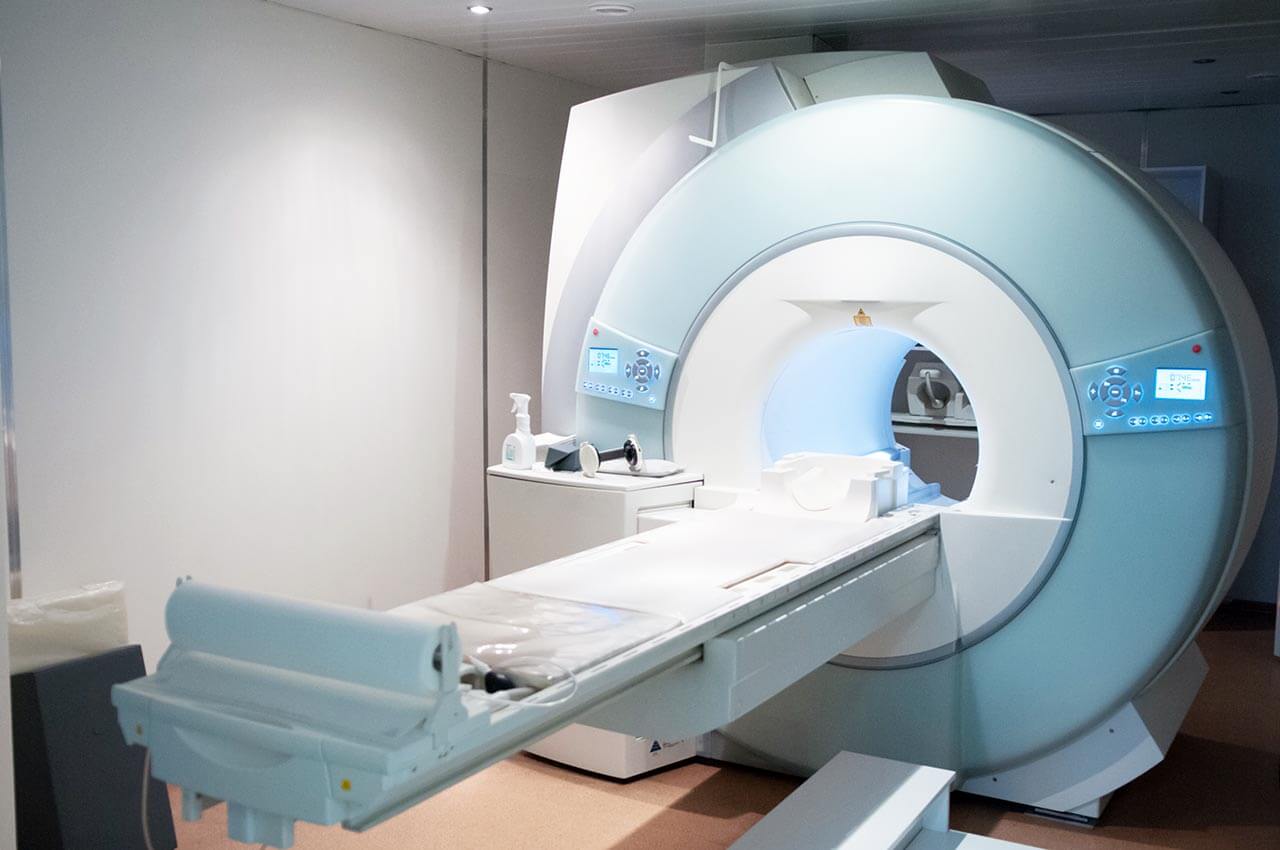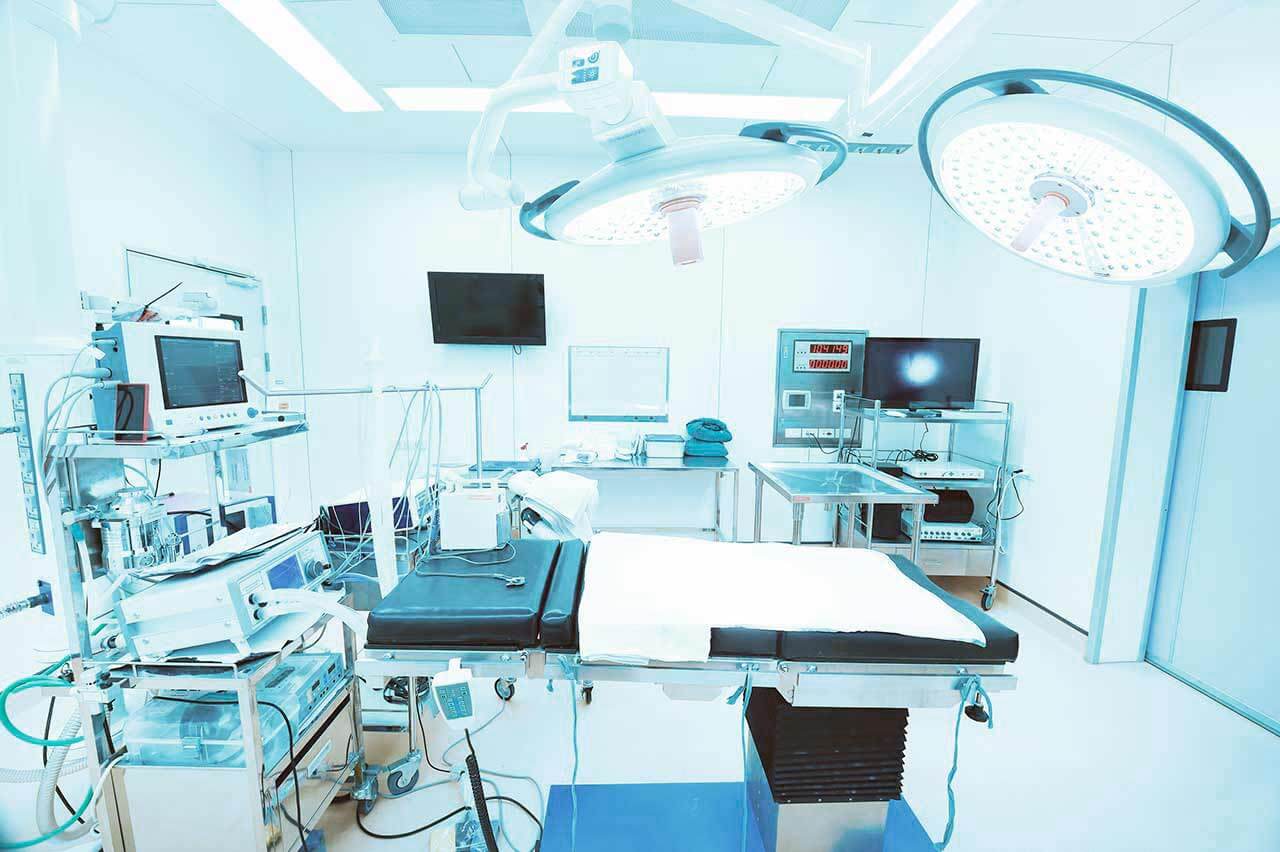
The program includes:
- Initial presentation in the clinic
- clinical history taking
- physical examination
- review of medical records
- laboratory tests:
- complete blood count
- general urine analysis
- biochemical analysis of blood
- indicators of inflammation (CRP, ESR)
- indicators of blood coagulation
- X-ray examination of the hip
- СТ scan of the hip
- preoperative care
- endoprosthesis replacement
- symptomatic treatment
- control examinations
- physiotherapeutic procedures
- orthopedic appliances
- the cost of essential medicines and materials
- nursing services
- full hospital accommodation
- explanation of future recommendations
How program is carried out
Preliminary preparation for surgery: quitting smoking and drinking alcohol 2 weeks before surgery; cancelling non-steroidal anti-inflammatory drugs (diclofenac, ibuprofen); cancelling anticoagulants (warfarin); normalization of body mass, if possible.
Preoperative examination, including consultation with an anesthesiologist and necessary related specialists. X-ray examination and MRI of the hip joint are performed. The examination takes 1-2 days.
Surgical hip endoprosthesis replacement. The operation is performed under general anesthesia and lasts for about 2 hours.
Postoperative care. During the first day after the intervention the patient stays in the intensive care unit, under round-the-clock medical supervision. After that, with a smooth course of the postoperative period, the patient is transferred to a regular ward and the drains are removed. The range of motion expands gradually, from light toes movements to walking. Walking with the use of walking aids is allowed in 3-5 days after the operation. Normal walking without the use of walking aids (crutches, cane) will become possible in 6-12 weeks.
Finally, the attending physician will evaluate the results of control examinations, schedule the date of discharge from the hospital and give you detailed recommendations for further follow-up and treatment.
Required documents
- X-ray examination of the hip joints
- MRI scan of the hip joints, if available
Service
You may also book:
 BookingHealth Price from:
BookingHealth Price from:
About the department
The Department of Adult and Pediatric Orthopedics offers the full range of modern diagnostics and treatment of diseases, deformities of the musculoskeletal system in patients of all age groups. The priority task of all specialists of the department is to preserve the mobility of the patient and improve the quality of his life. In the field of surgical treatment, the main focus is on joint arthroplasty, resection of musculoskeletal tumors, as well as surgical correction of spinal defects and pathologies. In addition, the department specializes in the treatment of sports injuries. The Chief Physician of the department is Prof. Dr. med. Nikolaus Wülker.
Should endoprosthetics be required, the patient will receive comprehensive consultations, during which he will be provided with information about the types of endoprostheses, the course of surgery and the postoperative period. The doctors maximally use in their clinical practice sparing surgical techniques and modern endoprostheses from the leading world manufacturers, which allows for providing the best treatment results.
Also, the doctors of the department have long experience and unique expertise in the treatment of spinal diseases in adults and children. The surgical spectrum of the department covers all modern interventions, ranging from minor operations on the intervertebral discs to extensive interventions to stabilize the vertebral bodies. The physicians of the department specialize in the correction of severe forms of spinal deformities in children and adolescents.
An integral part of the department’s specialists work is the therapy of benign and malignant neoplasms of the musculoskeletal system.To this end, the doctors have at their disposal all the classic and innovative treatments. Preference is given to an interdisciplinary approach, so each clinical case is considered by a board of specialists from the related fields, for example, oncologists, radiologists, therapists, etc.
The service range of the department includes:
- Diagnostics and treatment of knee, ankle osteoarthritis (endoprosthetics, arthroscopic and reconstructive interventions)
- Diagnostics and treatment of spinal deformities of varying severity in adults and children
- Diagnostics and treatment of foot and ankle diseases (open and arthroscopic interventions)
- Diagnostics and treatment of orthopedic diseases, deformities in children (for example, flat feet, hip diseases)
- Diagnostics and treatment of rheumatic diseases
- Diagnostics and treatment of tumors of the musculoskeletal system (for example, soft tissue sarcomas)
- Diagnostics and treatment of bone and soft tissue injuries
- Diagnostics and treatment of sports injuries
- Diagnostics and treatment of herniated intervertebral discs
- Shoulder surgery
- Diagnostics and treatment of other orthopedic diseases
Curriculum vitae
- 1976 - 1982 Study of Medicine in Freiburg, England, Ireland and the USA.
- 1982 Admission to medical practice.
- 1982 ECFMG Certification, USA.
- 1982 - 1983 Department of Orthopedics, University Hospital Kiel.
- 1983 - 1984 General Surgery, University of California, San Francisco, USA.
- 1984 Board Certification, California, USA.
- 1984 - 1985 Orthopedic Surgery, University of California, San Francisco, USA.
- 1985 - 1988 Department of Traumatology, Hannover Medical School.
- 1988 - 2002 Department of Orthopedics, Hannover Medical School.
- 1990 Doctoral dissertation defense, grade: very good.
- 1991 Specialization in Orthopedics, Medical Association of Lower Saxony.
- 1993 Habilitation. Subject: "Measurement of pressure in the shoulder bursa and its movement on the kinematic shoulder model".
- 1997 Extraordinary Professor, Hannover Medical School.
- Since 2002, Head of the Department of Adult and Pediatric Orthopedics at the University Hospital Tuebingen.
Photo of the doctor: (c) Universitätsklinikum Tübingen
About hospital
According to the prestigious medical publication Focus, the University Hospital Tuebingen ranks among the top five German hospitals!
The hospital was founded in 1805, therefore it is proud of its long history, unique experience, and outstanding achievements in the field of medical care, as well as research and teaching activities. Nowadays, it is one of the most advanced medical institutions, which provides a wide range of general and highly specialized medical services. The hospital combines the state-of-art medical technologies in the field of diagnostics and the very latest treatment methods of a wide range of diseases.
The hospital has 17 specialized departments, which cover almost all fields of modern medicine and contribute to the top-class medical service in Germany. It treats about 367,000 outpatients and 74,000 inpatients annually. This testifies to the high authority of the hospital at the national and international medical arena. This is the first German hospital, which confirmed the high quality of healthcare and the effectiveness of service with a KTQ certification (in 2009).
Photo: (с) depositphotos
Accommodation in hospital
Patients rooms
The patients of the University Hospital Tuebingen live in comfortable single and double rooms with an ensuite bathroom equipped with a shower and toilet. The beds in the patient rooms are equipped with orthopedic mattresses that promote good and full sleep. There is a TV in the room, and it is also possible to connect a smartphone or laptop to the Internet. In addition, there is enough space in the patient room to receive 2-3 guests without inconvenience for the second patient.
The enhanced-comfort rooms include a hairdryer, heated towel rail, a large mirror, a direct dial telephone, a flat-screen satellite TV, a writing desk, free Internet access, a mini-bar and a refrigerator.
Meals and Menus
The patients of the hospital are offered tasty and healthy three meals a day: breakfast, lunch and dinner. Breakfast is served as a buffet, while for lunch and dinner there is a choice of several menus. Also, if desired, the patient will be provided with an individual menu. There are several cafes and cafeterias on the territory of the hospital, where one can have a tasty meal or enjoy a cup of coffee, tea and dessert.
Further details
Standard rooms include:
Religion
Religious services are available upon request.
Accompanying person
During the inpatient program, an accompanying person can stay with you in a patient room or in a hotel of your choice.
Hotel
During the outpatient program, you can stay in a hotel of your choice. Our managers will help you choose the most suitable option for you.




